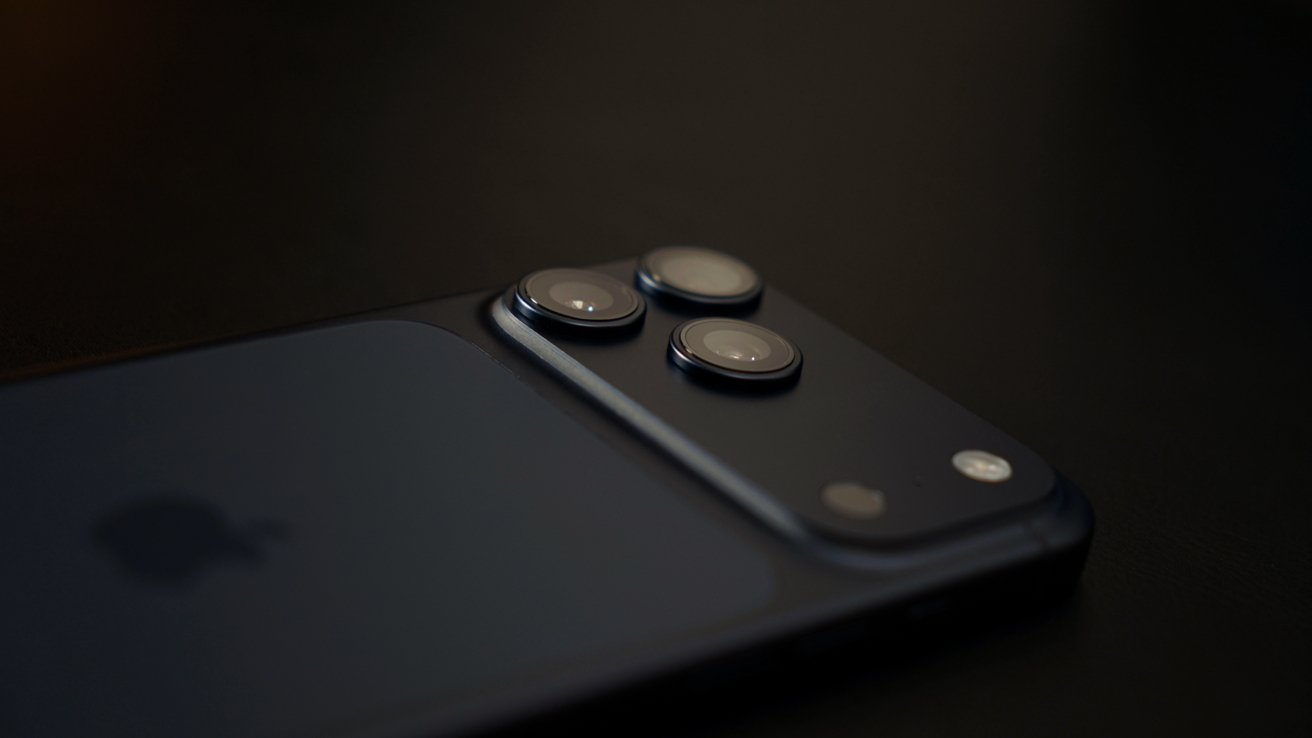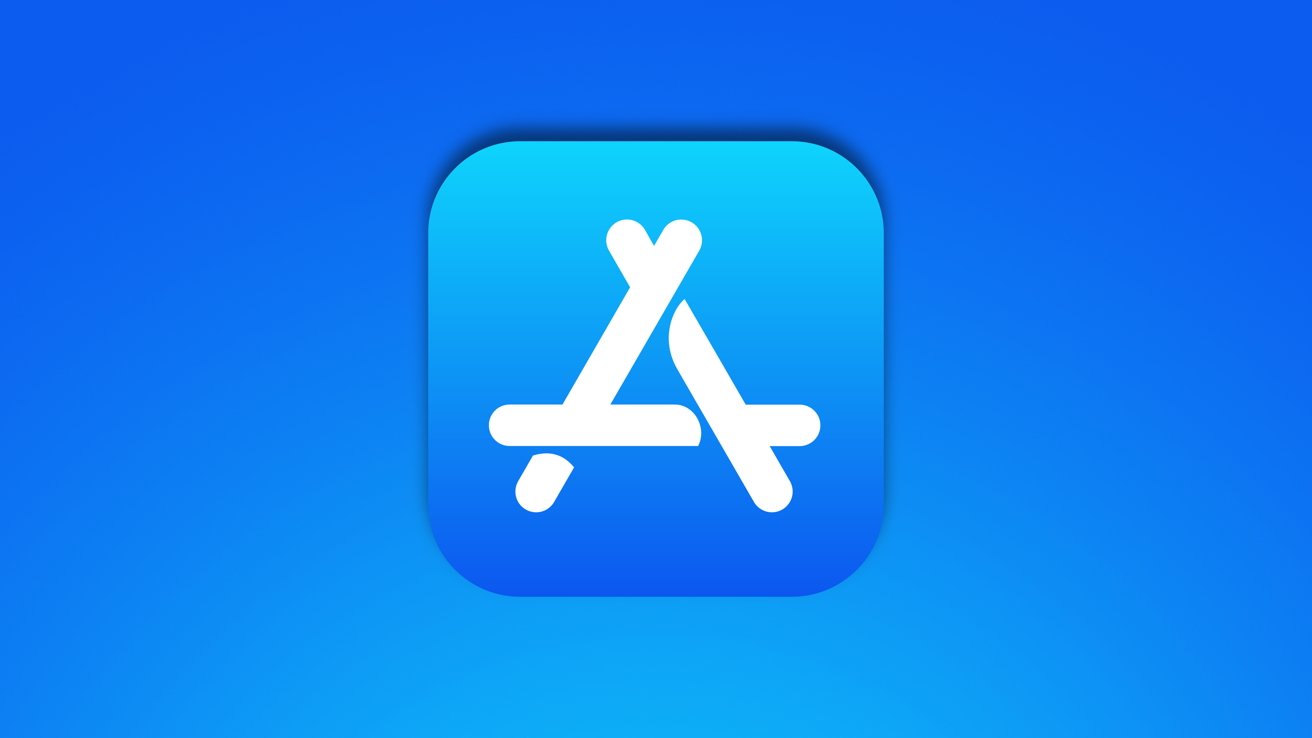Since its debut in 2010, Apple’s iPad has maintained a dominant position in the tablet market, consistently outperforming competitors despite its premium pricing. Recent data indicates that even the higher-priced iPad Pro models are outselling their more affordable counterparts, underscoring the brand’s stronghold. Samsung has been the most formidable competitor, yet it holds less than half of Apple’s market share, with figures standing at 17% compared to Apple’s 36%.
However, the landscape is shifting as Chinese tablet manufacturers experience significant growth. According to a recent Canalys report, three Chinese brands have reported impressive year-on-year growth rates:
– Huawei: 29.2%
– Lenovo: 24.7%
– Xiaomi: 42.3%
Despite these substantial increases, the combined shipments of these brands total just over 9 million units, compared to Apple’s 14 million iPads. Moreover, much of the demand for Chinese tablets is concentrated within domestic markets, often bolstered by government subsidies.
A notable factor contributing to this growth is the rising popularity of mobile gaming on tablets, particularly in Asia. Canalys highlights that the market has benefited from a surge of new product launches targeting the gaming segment. Devices like Xiaomi’s Redmi K Pad (8.8-inch) and Vivo’s Pad5 have garnered attention, while Lenovo’s Legion Tab shipments have more than doubled quarter over quarter.
In response to this evolving market, Apple has introduced iPadOS 26, a significant update that enhances the iPad’s functionality, making it more akin to a Mac. This update includes a redesigned window management system, allowing users to open and arrange multiple app windows with greater flexibility, closely mirroring the macOS desktop experience. Additionally, the introduction of the Preview app enables users to view, edit, and annotate PDFs and images directly on the iPad, further bridging the gap between tablet and desktop capabilities.
These advancements are poised to reinforce Apple’s position in the tablet market, presenting a formidable challenge to competitors striving to match the iPad’s evolving capabilities.



